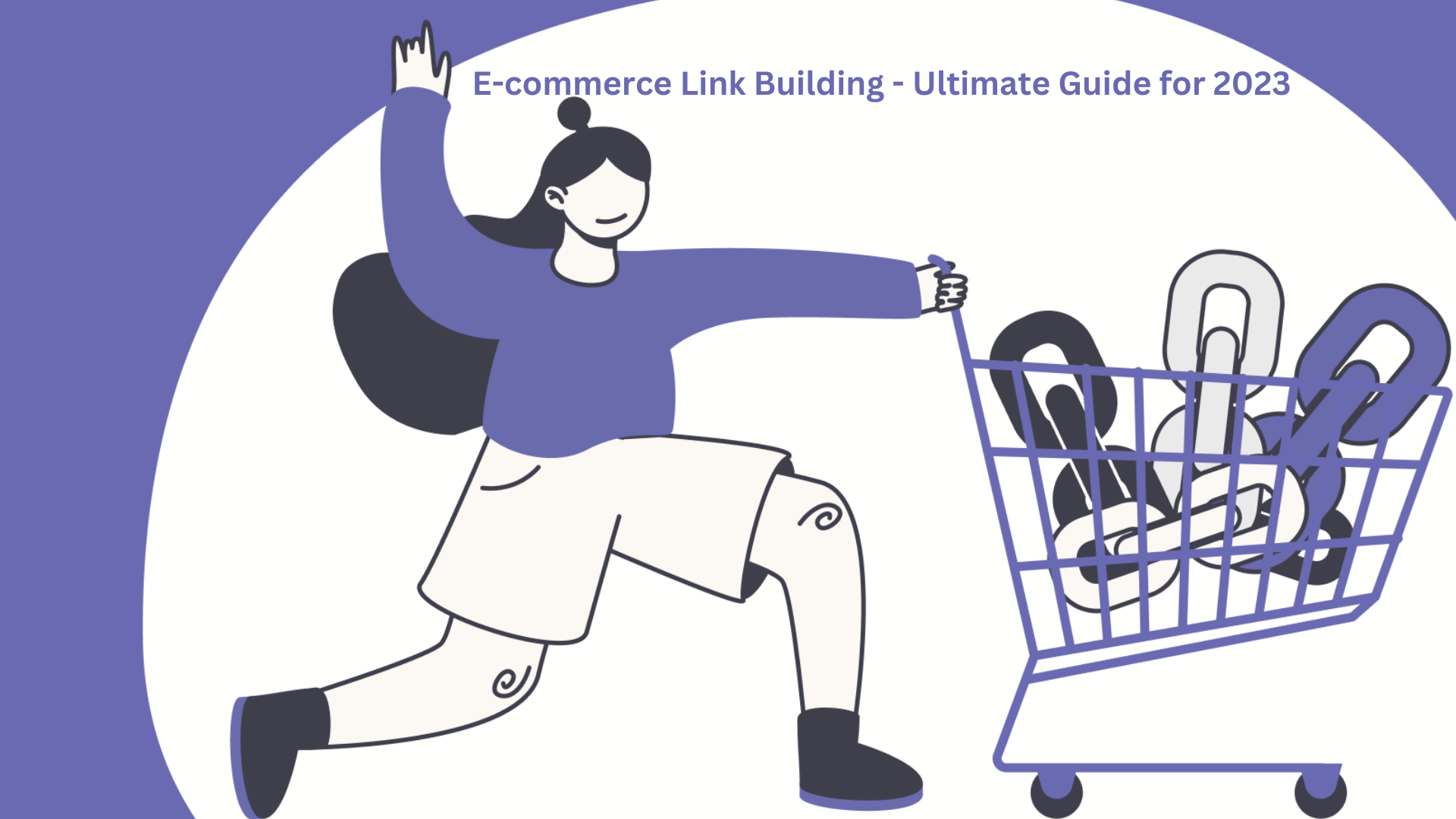
What Will Digital Marketing Look Like In 2023? A Look At The Tools And Software Trends
As technology continues to move forward at a rapid pace, digital marketing is always changing too. From social media platforms

What Will Digital Marketing Look Like In 2023? A Look At The Tools And Software Trends
As technology continues to move forward at a rapid pace, digital marketing is always changing too. From social media platforms

E-commerce Link Building – Ultimate Guide for 2023
1. What is E-commerce Link Building? E-commerce link building is the process of acquiring links from online platforms that are

DA and DR Metrics: What Are They and Why Do They Matter for Link Building?
An SEO strategy can be considerably impacted by link building. This is because links rank as one of Google’s top

20 Best Search Engine Alternatives to Google
Search engines are an important component of any digital marketing plan. With so much information available online, it can be

How to Scale Your Backlinks with Syndicated Content
One of the best ways to scale your backlinks for SEO and content marketing is through content syndication. The first

How to Optimize Your Landing Pages for SEO
Although landing pages are frequently conversion-focused, this does not mean that they shouldn’t also be SEO-focused. A landing page that
WHAT WE
3rd floor, VHinfo, QRXG+CG9 Capital Market, Canal Rd, chokdi, Ravapar, Morbi, Gujarat 363641
VH-info © 2025 | All Rights Reserved